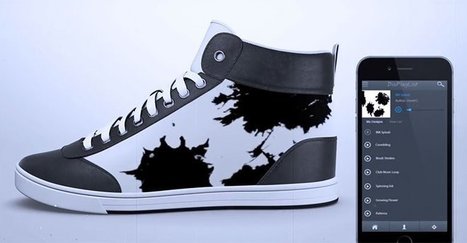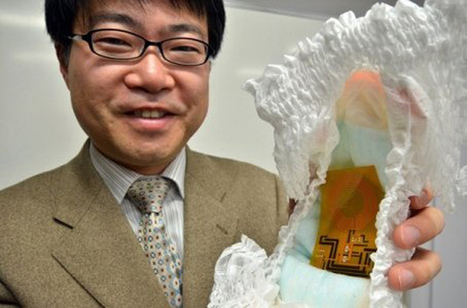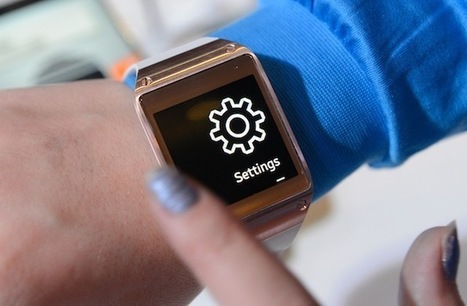Wearable musical instruments will probably not replace traditional ones. Doubting that many of these ideas will hit the mainstream these concepts anyhow offer a nice and very contemporary way to express yourself and allow you to make music anytime anywhere.
Currently the most common approach is using motion sensors. Accelerometers and gesture monitoring technologies not only revolutionized fitness, gaming, and safety devices but can also transform your body or parts of it into a musical instrument. Playing your instrument can even become a complete body workout.
Sound on Intuition by designer Pieter-Jan Pieters includes several technologies and transforms your body into a whole orchestra. Pieters created five “instruments”: “Wob” measures the position of the musician’s hand and changes the pitch of the note with the hand’s motion. “Finger” is a collar wrapped around the finger which converts tapping, bending, and stretching movements into sound. The heart rate monitor “heart” produces rhythms based on the beating of the musician’s heart, “kick” produces the sound of a bass drum according to the wearers’s foot-tapping, and “scan” reads lines or dots drawn to make sounds....



 Your new post is loading...
Your new post is loading...

















Just cool...